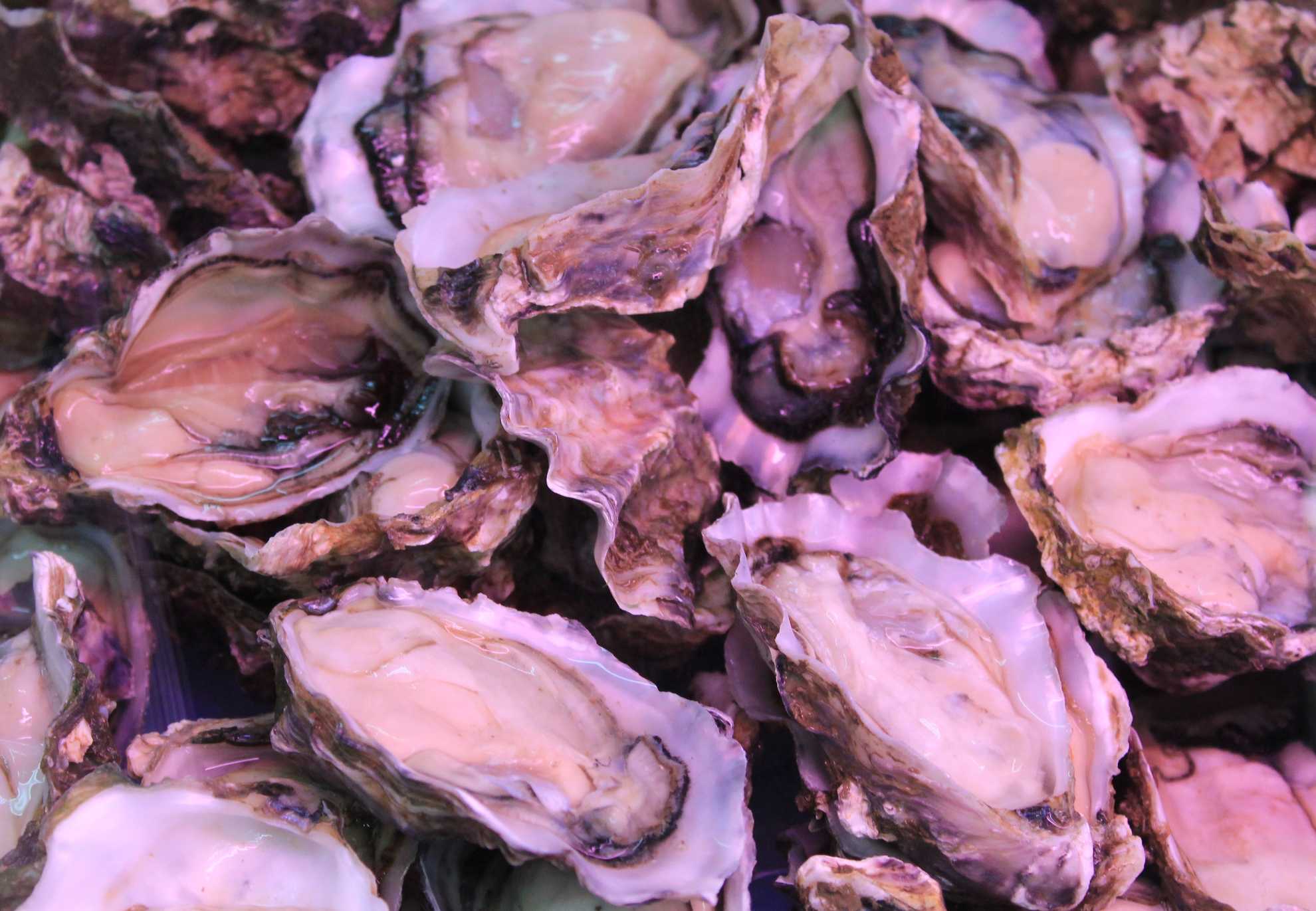Environmental Effects

There are a number of potential environmental effects that can result from aquaculture operations, both positive and negative, which are discussed below. Management options for mitigating the negative environmental impacts are described in the best practice section. The aquaculture industry has developed Environmental Codes of Practice, specific to each species, which are designed to minimise potential effects on the environment. These are discussed further in the best practice section. 35468e41-48c2-4593-ac4b-0e97165d3678
In 2012 a risk assessment workshop run by the Ministry for Primary Industries produced a ranking of relative ecological risks from aquaculture activities. This involved an expert panel approach using an independent facilitator and internationally recognised methods, with input from scientists, regional council and industry. The produced ranking of the potential risks included:
- Biosecurity threats
- Pelagic effects
- Marine mammal interactions
- Benthic effects
- Seabird interactions
- Additive effects
- Escapee effects
- Wildfish interactions
- Hydrodynamic alteration of flows
An Aquaculture Ecological Guidance Package c89e844e-779f-462b-ada4-662f085800de has been developed by the Ministry for Primary Industries in association with the Cawthron Institute, NIWA, Department of Conservation, regional councils, the aquaculture industry and others. This package provides “information and advice on the ecological effects of marine-based aquaculture to assist in planning and managing aquaculture development”. The report provides science-based information on the ecological effects of marine-based aquaculture to assist local authorities, the aquaculture industry and other stakeholders with their planning for and management of aquaculture activities.
-
http://aquaculture.org.nz/environment/sustainability/
-
Ministry for Primary Industries, 2013a and 2013c
Last updated at 6:13PM on January 11, 2018